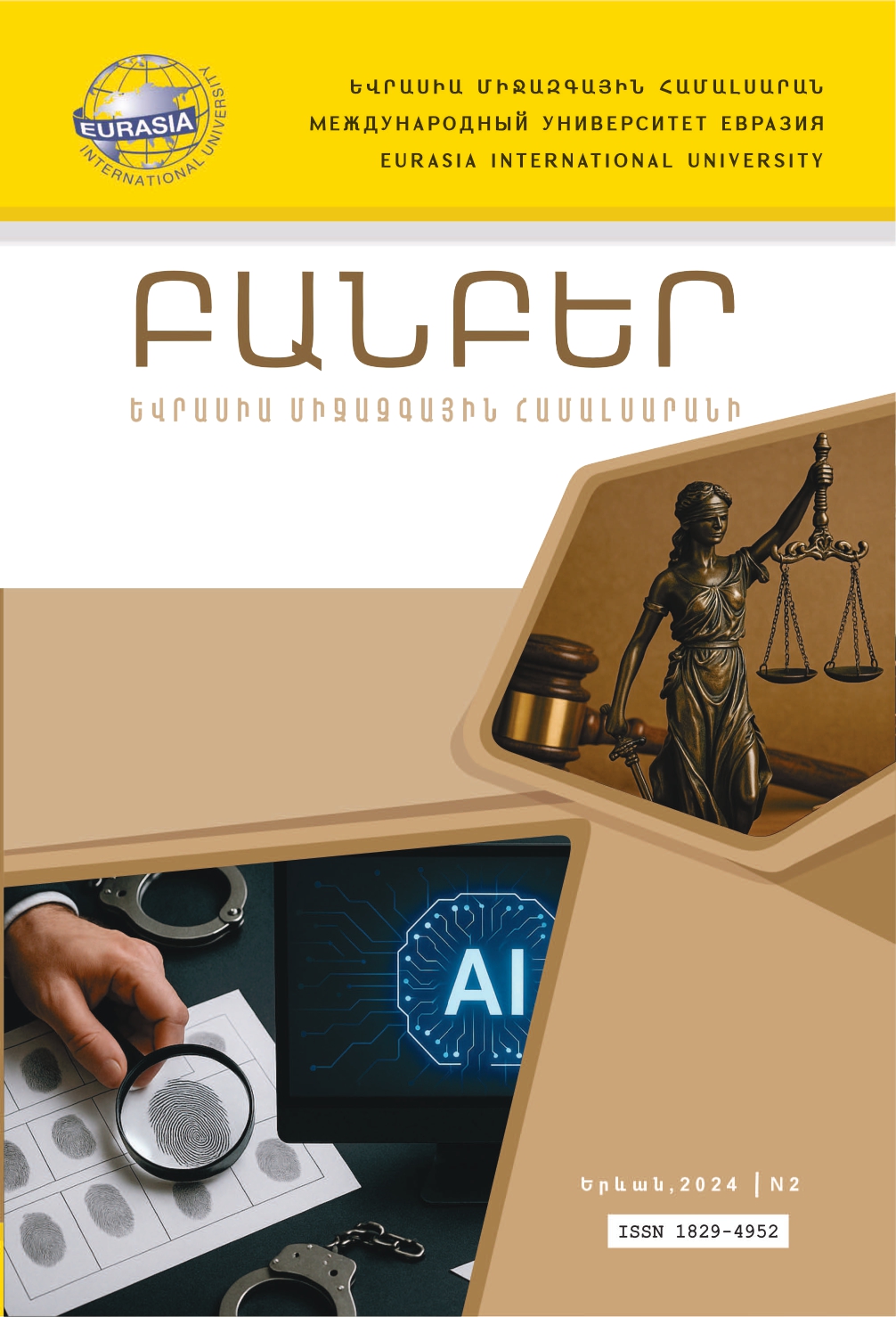SOME EPISODES OF THE ANTI-ARMENIAN POLICY OF AZERBAIJAN 1988-1992: NEW DETAILS OF SUMGAYIT, BAKU AND MARAGHA INCIDENTS
DOI:
https://doi.org/10.53614/18294952-2024.2-74Keywords:
Karabakh conflict, Sumgait pogroms, Baku, Maragha, Perestroika, Artsakh Armenians, anti-Armenian policy, Soviet authorities, right of self-determination of nations.Abstract
Azerbaijan's anti-Armenian policy in 1988-1991 was characterized by heightened nationalism, national conflicts and violence, which rose especially against the background of the Karabakh conflict. During these years, the authorities and the society of Azerbaijan were terribly hostile towards the Armenians, as a result of which, and with the permission of the highest authorities of the USSR, many violences took place. Baku's anti-Armenian policy can be divided into several main stages, of which the mass riots that began at the end of September 1988, which became the occasion for mass massacres of Armenians both in Azerbaijan and around Nagorno-Karabakh, are particularly important. In February 1988, the first demonstrations began in Yerevan and Stepanakert related to the Nagorno Karabakh issue, where Armenians demanded the right to self-determination. This intensified the Azeri nationalist movement, leading to hatred towards Armenians. The riots began in February 1988 in Sumgait (Azerbaijan) in the form of terrible massacres against Armenians, then continued in Baku, Kirovabad, Maragha and other locations. To this day, the actions of Baku, which carried out a genocidal policy against Armenians in Sumgait and other places, have not received an appropriate international assessment and recognition.
Downloads
Published
How to Cite
Issue
Section
License
Copyright (c) 2024 Banber Eurasia International University

This work is licensed under a Creative Commons Attribution-NonCommercial-NoDerivatives 4.0 International License.




